The first version of the “Old Nick” design, did not include a bow-thruster. Why? Well – when I was younger, I can remember scoffing at narrowboats that had a bow thruster and thinking only people who could not steer, would buy one. But now, here I am, writing an article about our Vetus BowPro Thruster, that is actually being fitted to Old Nick as I write this post.
So what changed our minds? Well the person to “blame” is a senior yachtsman, who visited my home/office to have his AIS reprogrammed. As we were chatting, the subject of our narrowboat plans came up and he declared, with utter conviction, “If you only do one thing, make sure you get a bow thruster fitted or at least the tube welded in to the hull”. His reasoning was that “you may not think you need one now, but the older you get the more grateful you will be”.
His advice was a catalyst for us to re-look at the whole Bow Thruster issue and the more we thought about it, the more sense it made. Most of our previous boating, had been with family or friends during the summer months, and now it would just be the two of us, in all weather conditions. Perhaps having a helping hand to give us some extra “grunt” when the going got tough, was sound advice. We rejigged the budget and found that we could probably just about afford it, so the die was cast. We were having a bow-thruster!
Ortomarine, have been fitting Vetus Bow Thrusters for a while now and were more than happy to include one on “Old Nick”. However, it was not until we decided to go electric, with the Vetus E-Line engine, that it all fell in to place and the decision was made to have a BowPro65.
So what is a bow thruster? Well, basically, it is a propeller that pushes the front of the boat to port or starboard. The propeller sits in a tube, which on “Old Nick” is welded across the steel hull. The tube is below the water line, and can be seen to the left of the anode, in the left hand picture below.
With the Vetus BowPro65 kit you get everything you need for a working system, including the joystick – which will be at the aft of the boat – and the V-CAN network that carries the data from the joystick to the thruster.
Installing a bow thruster involves cutting in to the tube and you can see the starter hole in the right hand image above. Once a suitably large hole is cut, the thruster is secured and sealed in place. See the photo bottom left below.
Next, the Bow Thruster power source needs to be installed, which must be close to the thruster, as the currents drawn are pretty high. On Old Nick we decided to fit a pair of 12v 110Ah batteries in series to give the necessary 24v thruster supply. As you can see in the right hand image below, these are on one side of the tube and the thruster is mounted on the other.
The reason for off-setting the thruster, is to make it easier to access the propeller in case of fouling. This should not happen, but canals do have all sorts of natural and un-natural debris in them and it is a lot easier if you can access the propeller from one side, rather than have a nice centrally located thruster that is impossible to reach.
Note the protective “mesh” on the floor in the right hand image below, one of which is bolted to each end of the tube, to stop larger matter from being sucked in to the tube.
The BowPro65 can generate, as the name suggest 65 kgf (Kilogram-force), which is almost 1HP, and provides plenty of power to counter wind, lock turbulence or side weirs on the canal. Its brushless motor design can be run at full power for 10 minutes, without any of the overheating issues that beset older designs of bow thrusters.
The thruster is controlled by a “proportional” joystick, which allows precise setting of the speed, rather than a simple ON/OFF control of the motor. It can also be locked in position if you need to gently hold the boat in, against the side of the canal.
Never having had a bow thruster before, I am really looking forward to trying it out, when “Old Nick” is launched on the 10th December (YES we have an estimated completion date!). Once I start to use it, I am sure I’ll discover all of the benefits and who knows, I may even grow to depend on it.

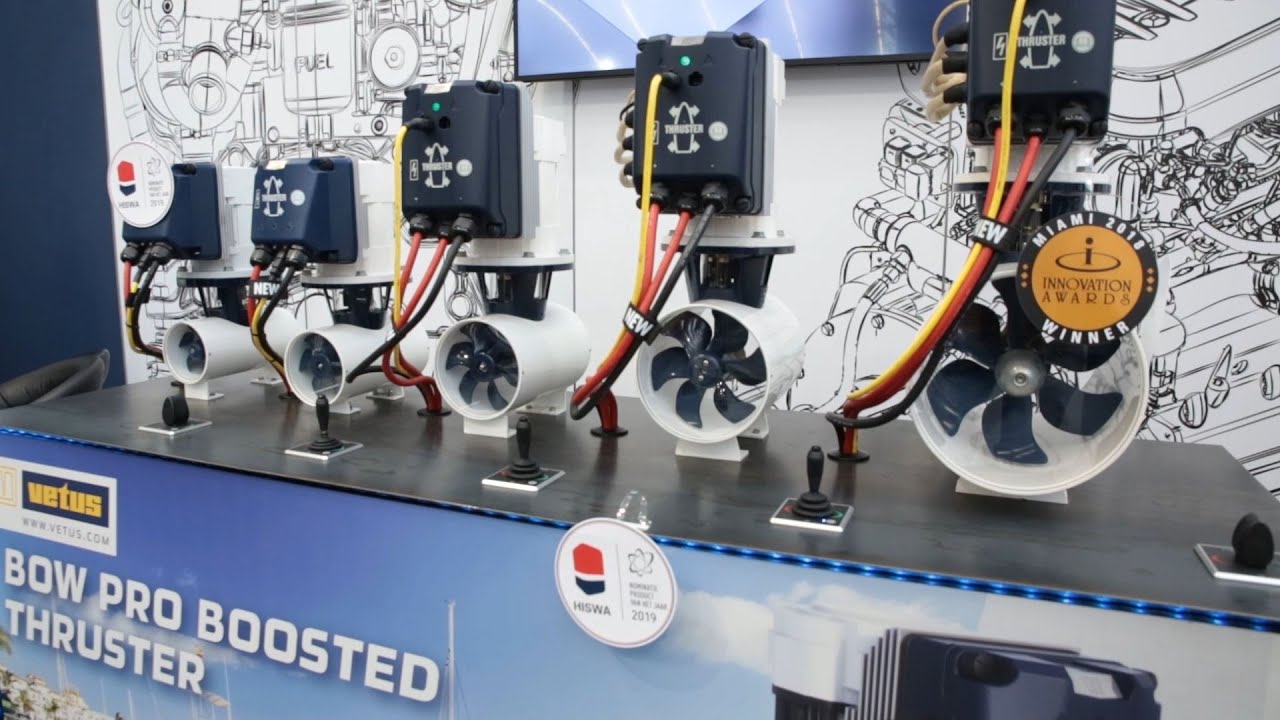
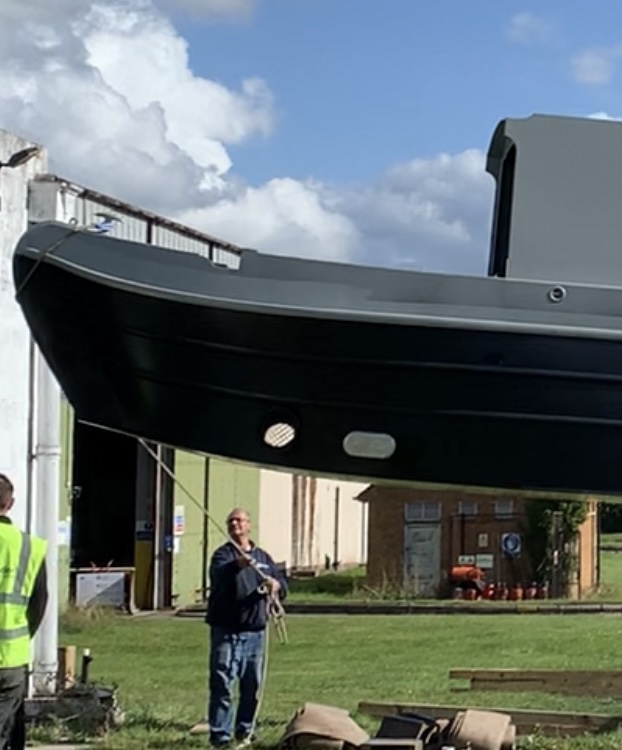

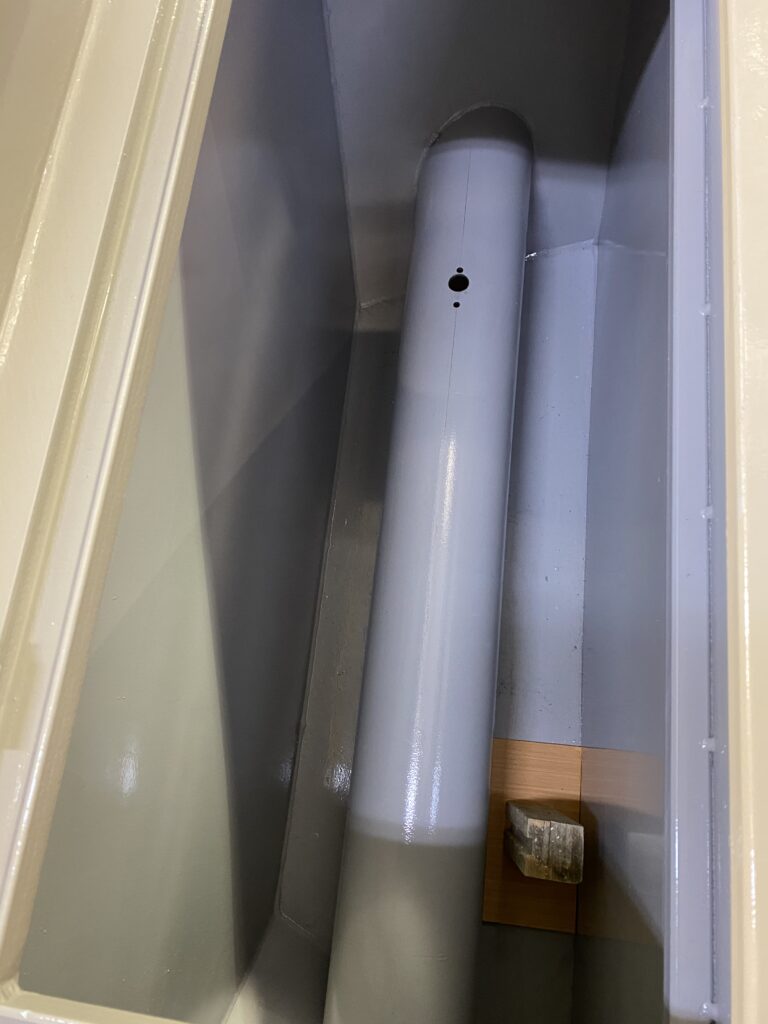
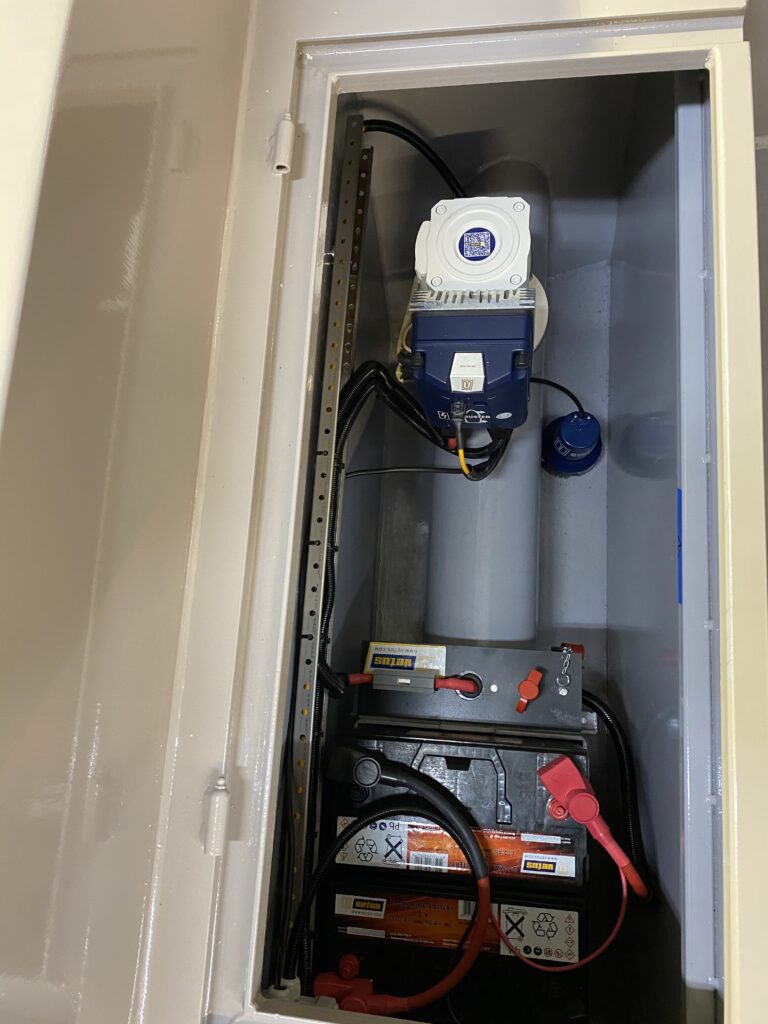
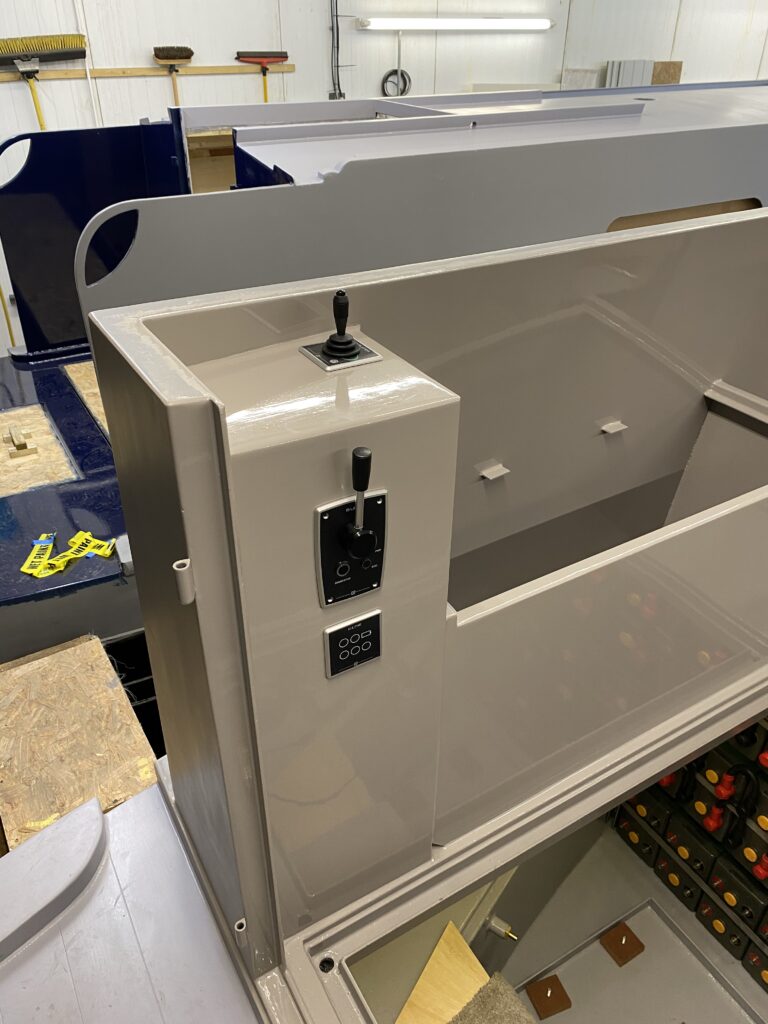
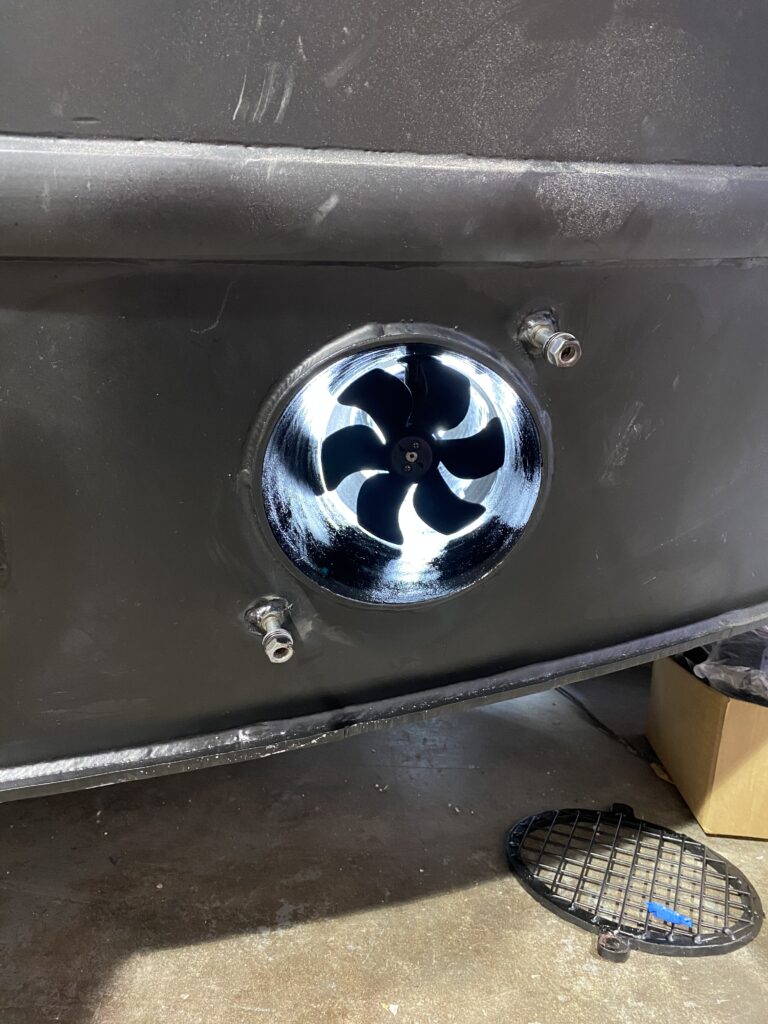
Seems like a sensible move to me!! As you say, just the 2 of you, and not always in perfect weather …… nothing wrong with having a helping hand. Don’t have to make it hard for yourselves 🙂
Mary G
There’s definitely a kind of snobbery about it – around not being capable of steering your own boat – from the die-hards. But you have to move with the times. I pointed out to one vociferous decrier that I very much doubted his boat was still horse-drawn. Get with the programme!
Paul,
Nice outline of the reasoning behind a bow thruster, which we echo. For interest, I’m fitting a 12V version, again from Vetus, so that it can share the generator battery because my generator is at the sharp end of the boat. Killing two birds with one stone.
My only gripe is that 65 kgf is a force, while 1HP is a power. Clog the thing up with weeds and you will absorb 746W of electrical power (1HP) but generate zero force. OK, the power will go down because the bowthruster prop will speed up without work to do, and generate more back EMF, but there I’m getting picky again.
Must get together for a chat when lockdown 2 finishes – after all, I owe you another beer now :o)
Dave
Hi Dave,
Thanks for the positive feedback, and yes you are right about force and power, but I think 1HP is easier for most people to relate to.
Our launch date of the 10th December, is going to make it difficult to have that pint, as we will be permanently moving on to the boat, after the launch. Perhaps a canal side pub rendezvous, in 2021 might be the solution.
Good luck with your build, which we will follow with interest.
All the best
Paul